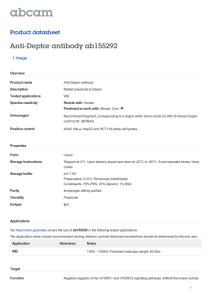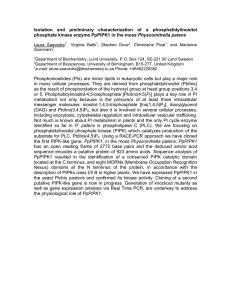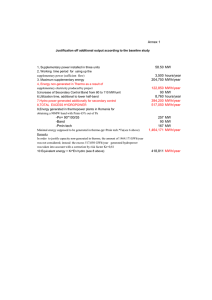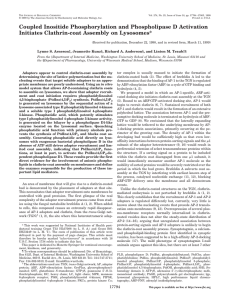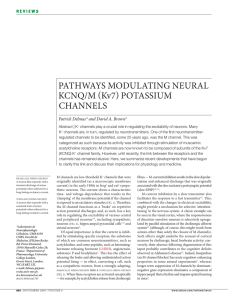Anti-FIG4 antibody ab97621 Product datasheet 1 Image
advertisement
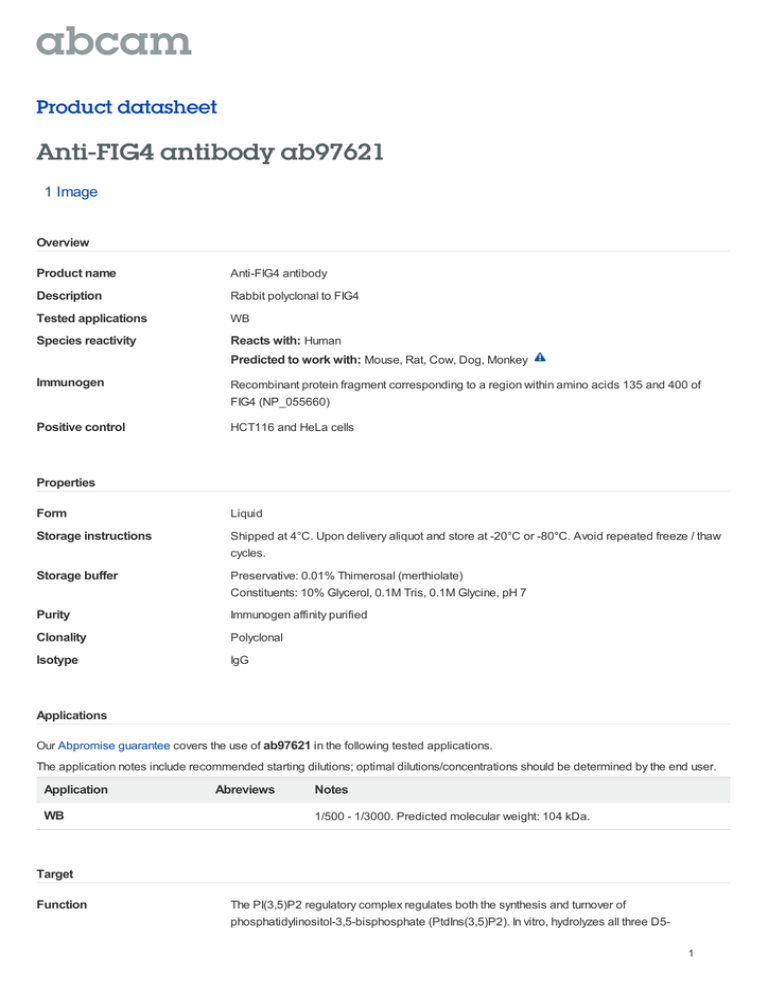
Product datasheet Anti-FIG4 antibody ab97621 1 Image Overview Product name Anti-FIG4 antibody Description Rabbit polyclonal to FIG4 Tested applications WB Species reactivity Reacts with: Human Predicted to work with: Mouse, Rat, Cow, Dog, Monkey Immunogen Recombinant protein fragment corresponding to a region within amino acids 135 and 400 of FIG4 (NP_055660) Positive control HCT116 and HeLa cells Properties Form Liquid Storage instructions Shipped at 4°C. Upon delivery aliquot and store at -20°C or -80°C. Avoid repeated freeze / thaw cycles. Storage buffer Preservative: 0.01% Thimerosal (merthiolate) Constituents: 10% Glycerol, 0.1M Tris, 0.1M Glycine, pH 7 Purity Immunogen affinity purified Clonality Polyclonal Isotype IgG Applications Our Abpromise guarantee covers the use of ab97621 in the following tested applications. The application notes include recommended starting dilutions; optimal dilutions/concentrations should be determined by the end user. Application WB Abreviews Notes 1/500 - 1/3000. Predicted molecular weight: 104 kDa. Target Function The PI(3,5)P2 regulatory complex regulates both the synthesis and turnover of phosphatidylinositol-3,5-bisphosphate (PtdIns(3,5)P2). In vitro, hydrolyzes all three D51 phosphorylated polyphosphoinositide substrates in the order PtdIns(4,5)P2 > PtdIns(3,5)P2 > PtdIns(3,4,5)P3. Plays a role in the biogenesis of endosome carrier vesicles (ECV) / multivesicular bodies (MVB) transport intermediates from early endosomes. Involvement in disease Defects in FIG4 are the cause of Charcot-Marie-Tooth disease type 4J (CMT4J) [MIM:611228]. CMT4J is a recessive demyelinating, severe form of Charcot-Marie-Tooth disease, the most common inherited disorder of the peripheral nervous system. Charcot-Marie-Tooth disease is classified in two main groups on the basis of electrophysiologic properties and histopathology: primary peripheral demyelinating neuropathies characterized by severely reduced motor nerve conduction velocities (NCVs) (less than 38m/s) and segmental demyelination and remyelination, and primary peripheral axonal neuropathies characterized by normal or mildly reduced NCVs and chronic axonal degeneration and regeneration on nerve biopsy. Defects in FIG4 are the cause of amyotrophic lateral sclerosis type 11 (ALS11) [MIM:612577]. ALS is a neurodegenerative disorder affecting upper motor neurons in the brain and lower motor neurons in the brain stem and spinal cord, resulting in fatal paralysis. Sensory abnormalities are absent. Death usually occurs within 2 to 5 years. The etiology of amyotrophic lateral sclerosis is likely to be multifactorial, involving both genetic and environmental factors. The disease is inherited in 5-10%. Sequence similarities Contains 1 SAC domain. Cellular localization Endosome membrane. Localization requires VAC14 and PIKFYVE. Anti-FIG4 antibody images Anti-FIG4 antibody (ab97621) at 1/1000 dilution + HCT116 whole cell lysate at 30 µg Predicted band size : 104 kDa Western blot - FIG4 antibody (ab97621) Please note: All products are "FOR RESEARCH USE ONLY AND ARE NOT INTENDED FOR DIAGNOSTIC OR THERAPEUTIC USE" Our Abpromise to you: Quality guaranteed and expert technical support Replacement or refund for products not performing as stated on the datasheet Valid for 12 months from date of delivery Response to your inquiry within 24 hours We provide support in Chinese, English, French, German, Japanese and Spanish Extensive multi-media technical resources to help you We investigate all quality concerns to ensure our products perform to the highest standards If the product does not perform as described on this datasheet, we will offer a refund or replacement. For full details of the Abpromise, please visit http://www.abcam.com/abpromise or contact our technical team. 2 Terms and conditions Guarantee only valid for products bought direct from Abcam or one of our authorized distributors 3
